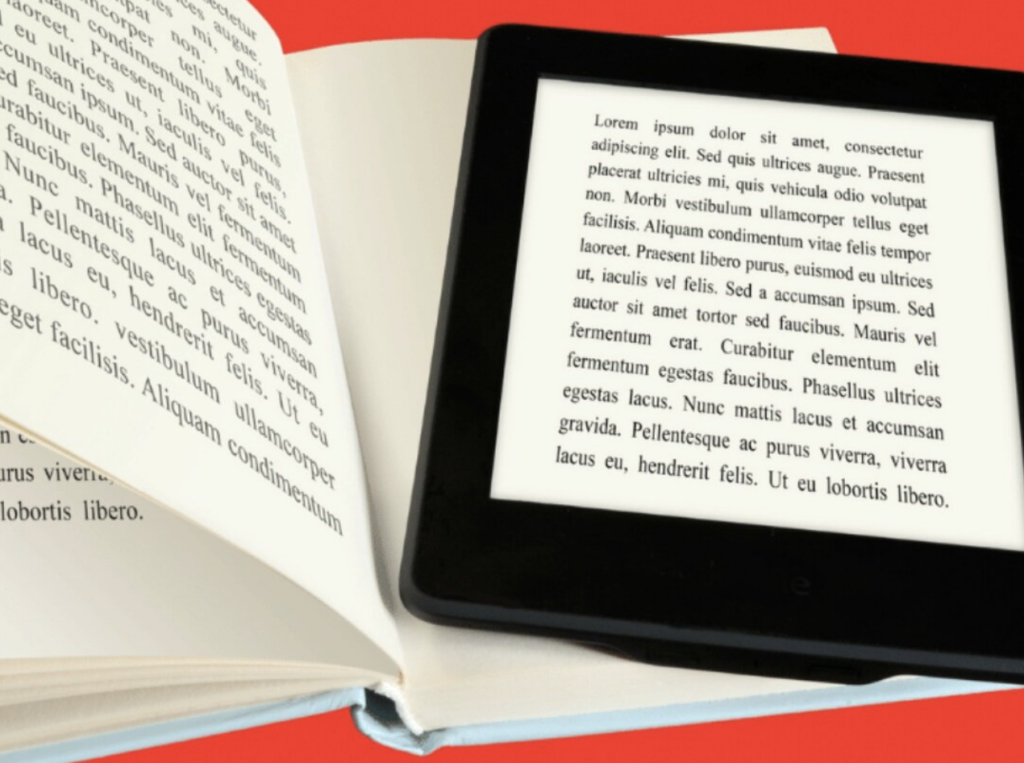
Students who have trouble with organization don’t just struggle with where to put their things. They also have trouble organizing information, including their own thoughts. As a result, these students struggle in school despite being really smart. They may lose points for not clearly showing their work in math, or struggle to summarize a story they read, or write paragraphs and essays that are hard to understand. These students often have great ideas in their heads. However, they have trouble getting them out in a way that makes sense. The key to supporting students who struggle with organization is to teach strategies. Read on to learn more about our favorite approaches for supporting kids who are smart but scattered.
MATH
Being able to master procedures and concepts in math is crucial, but showing that mastery is just as important. Lots of people (especially students!) misunderstand why teachers ask students to show their work. Students are asked to show their work because it helps them think. With their thought process on paper, kids are able to review and check their work. They can see their calculations and the steps they took to find an answer. They can identify simple mistakes if their final answer seems off. And even if the student doesn’t catch them, the teacher will. With work on paper, instructors can understand a child’s thinking and provide more targeted support. Plus, with calculations on paper, there is the chance to earn partial credit in most classes! Mastering this skill is crucial for students who struggle with executive function skills.
So how do we teach kids how to show their math work in a way that makes sense? There are a few strategies we find most helpful.
Working on graph paper can make a world of difference for students. If kids learn to put just one number in a box, they can effortlessly organize problems and place value.
Teach acronyms! By creating a memorable mnemonic, students are more likely to be able to work strategically with independence. CUBES, for example, is really helpful for solving word problems. This method has students circle the numbers, underline the question, box key words, evaluate what they should do to solve, and then solve the problem. We also love the long division family for keeping track of the many steps of long division. And we can all remember PEMDAS for organizing order of operations.
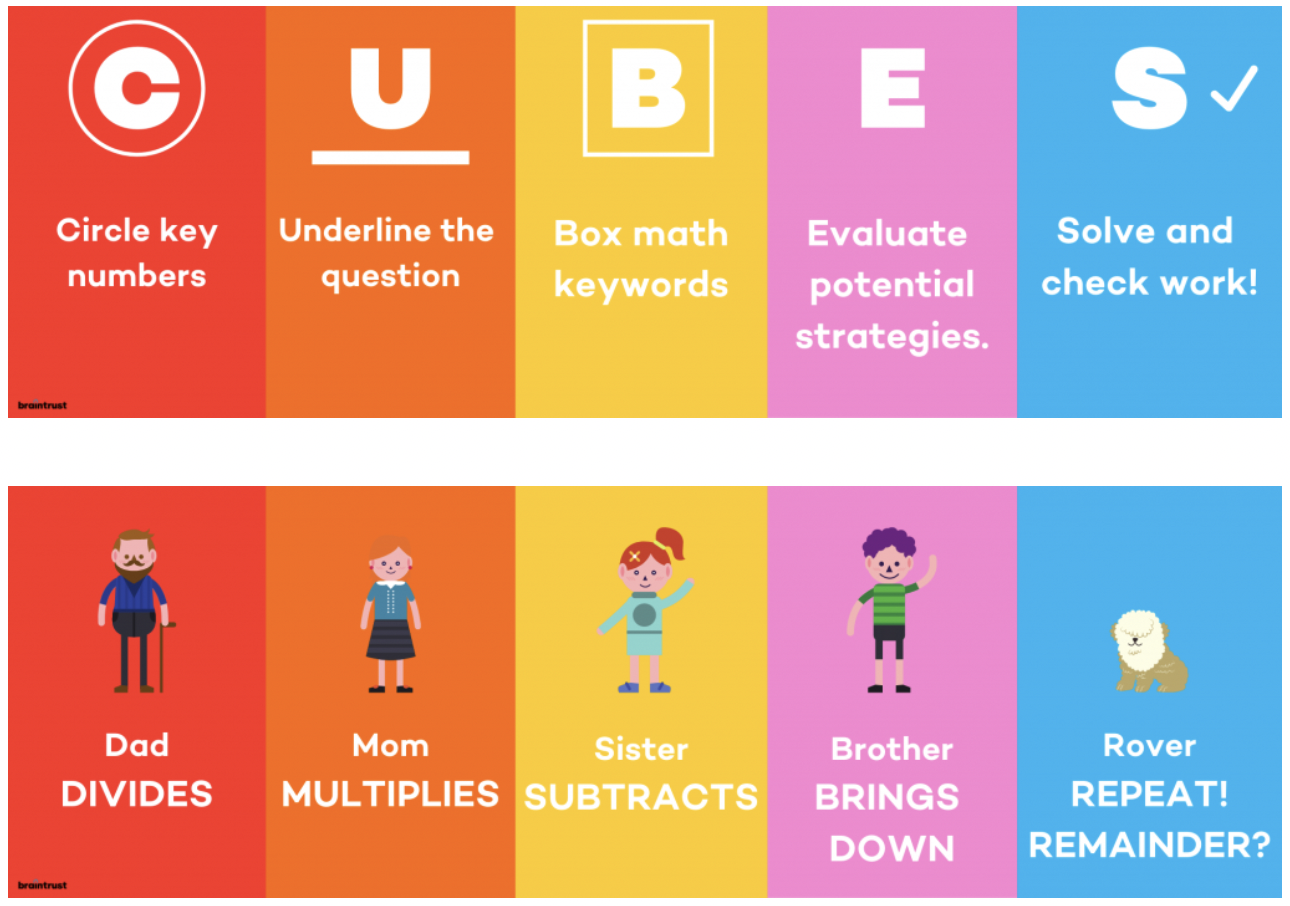
READING
Many students who struggle with executive function skills have trouble summarizing what they’ve read. For these kids, it can be hard to identify what is most important. Plus, with so many things that happened, it can be hard to relay the information in order. That is why graphic organizers can be so helpful! These resources help students to identify key details, so they aren’t overlooked or forgotten. Plus, they can also help to create as structure for communicating that information if a child has to put those ideas in writing.
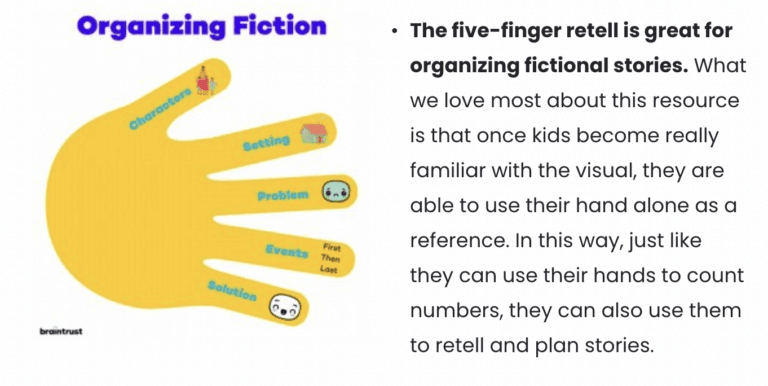
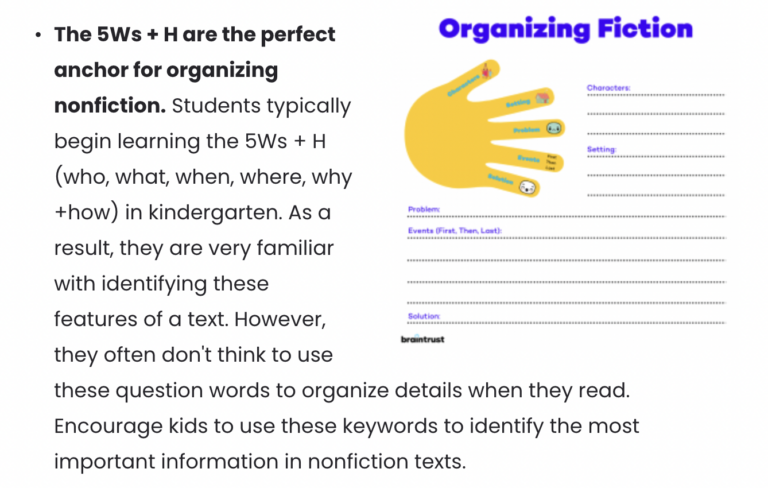
Take 2-Column Notes to create a great outline. 2-column notes challenge students to organize and process information as they read. By sorting content into main ideas or key terms (left column) and related details (right column), kids are able to create a meaningful outline of their reading. The key is to be sure they are taking notes in their own words! Copying down full sentences will just make this approach seem tedious. Plus, it won’t help students actually process the information. Be sure they only note key words and phrases and use abbreviations!
Use the Triple-Note-Tote to organize concepts and vocabulary. This strategy is part of Lynn Meltzer’s brilliant SMARTS curriculum. An extension of 2-column notes, the triple-note-tote includes a third column to support memory. With this approach, the left column is for a term or concept, the middle column is the explanation or definition, and the right column is for a picture or mnemonic.

WRITING
Every piece of writing, big or small, should begin with an outline. No matter how strong a writer is, their work will be stronger if it based on a plan. Accordingly, an outline is even more crucial for students who struggle to organize their thoughts. With a clear roadmap for what they plan to say, the task of writing will be easier to tackle and students are sure to have a better result.
Introductions and conclusions are mirror images. This structure is so helpful for students to see! While they’ll certainly need practice writing broad, general, and thesis statements, at least they will have a big picture idea of the format of these two key types of paragraphs.
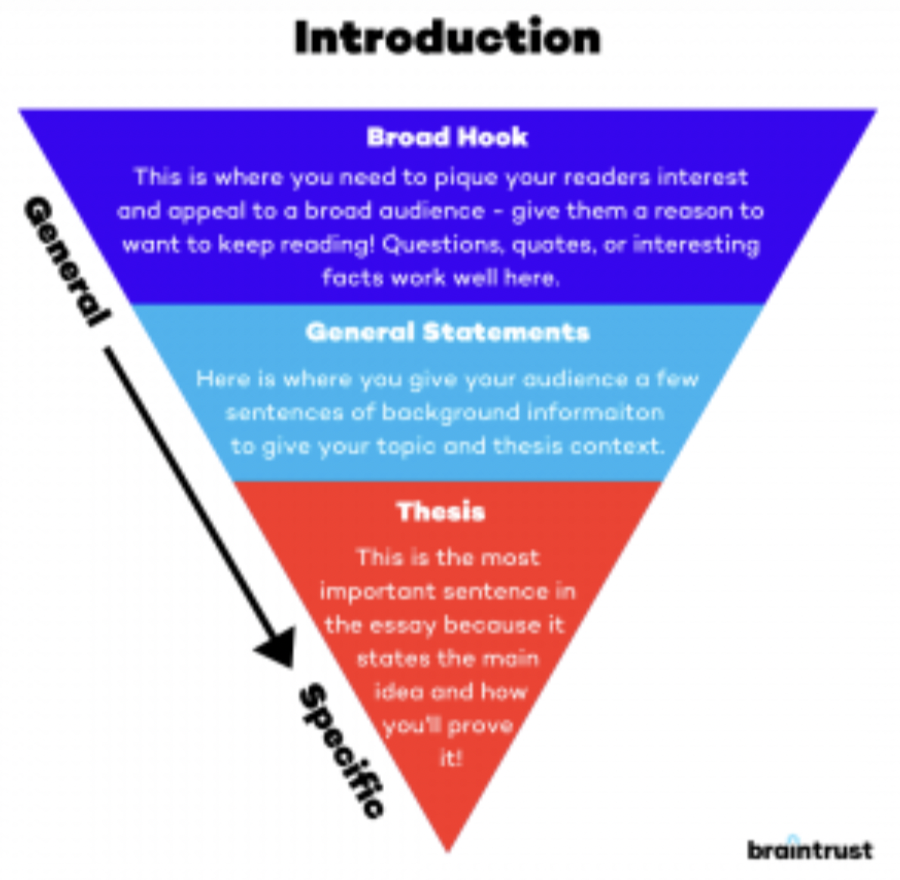
- Plan body paragraphs with the TIDE acronyms from SRSD. SRSD stands for self-regulated strategy development. It is an incredible writing program for all students, but especially those who struggle with executive function skills. The TIDE acronym can be taught
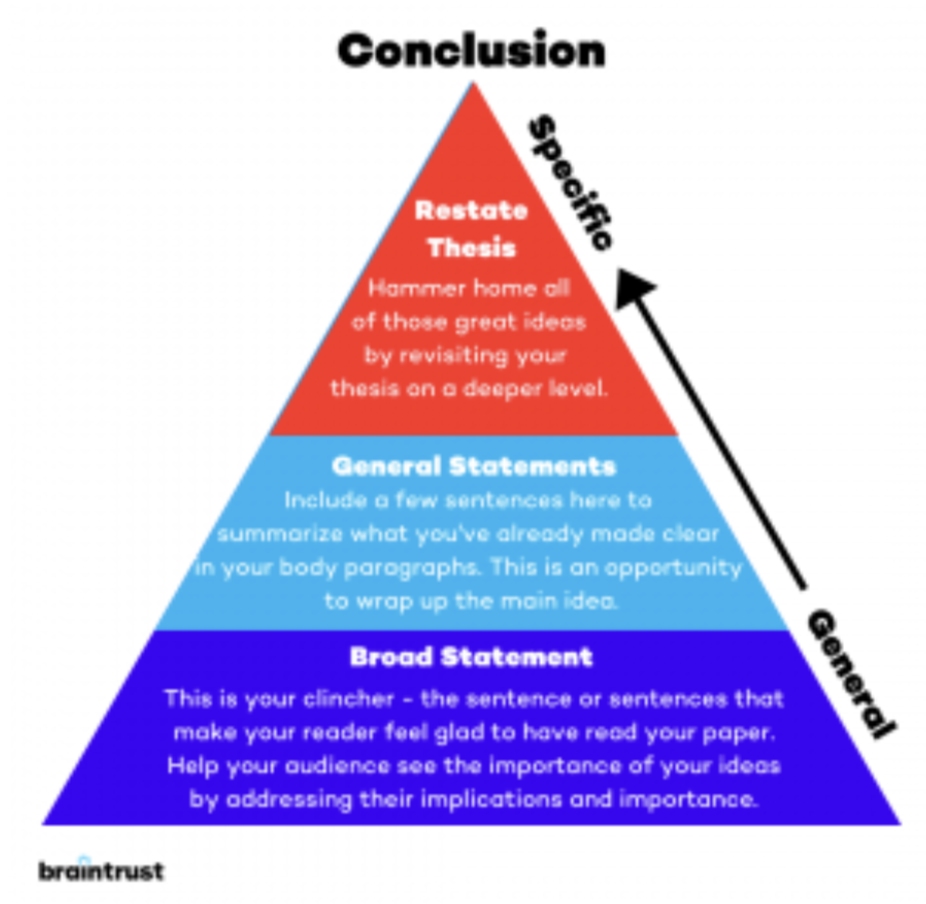
as Topic, Interesting Details, Ending for younger students; and Topic, Important evidence, Detailed examination, and Ending for more advanced students. Visit their website for a host of incredible, free resources to use with students of all ages.
- Plan using the 5Ws + H to write great topic sentences. A wonderful strategy from the Hochman Method is to use these anchor words to create effective topic sentences. Once students are able to identify who, what, when, where, why, and how, they can combine these details into a single sentence. For example …
Who: Cleopatra
What: Queen
When: 51BC to 30 BC
Where: Ancient Egypt
Why: First female pharaoh
How: intelligence, determination, cunning
Topic Sentence: Cleopatra, the first female pharaoh, ruled ancient Egypt from 51BC to 30BC thanks to her intelligence, determination, and cunning.
Ultimately, the key to organizing information boils down to planning and strategy. The more that students invest in working strategically to process and organize new material, the better they will learn! And if your child needs help learning how to organize information, an incredible Braintrust tutors is just a click away.




